Lapis is a natural protected forest, the largest protected area of Sălaj county, with an area of 430,4 Ha. The Lapis Forest was declared natural protected area by the Government Decision 2151 in 2004. The Lapis Forest is a natural reservation of forestry and forest fauna administered by the Şimleu Silvaniei Forestry.
The protected area is located near the village Nuşfalău, which is about 9 km from Simleu Silvaniei.
The Lapis is one of the last areas that preserves the biodiversity of the forest habitats that once covered most of the Sălaj county territory. In terms of forest vegetation, the Lapis forest consists of over 60% oak trees. Others species of trees from the forest are: the Turkey oak flasks, red oak, pendunculate oak, larch, strobe pine, black pine, lime, peanuts.
Through its biodiversity, the Lapis Forest gives shelter to a number of 40 species of birds and 10 species of mammals. It also houses some mammal species which are protected by national and international laws. There is also a reservation where roe deer and deer grow.
Due to its high biodiversity, espescially the birds listed in the EU Birds Directive, the Lapis Forest entered the European ecological network The Natura 2000 as a Special Protected Bird Area. The Natura 2000 is an ecological network of protected natural areas, regarding the conservation of natural habitats, of fauna and flora. The aim is to restore a favourable conservation status of specific habitats, designated to protect species of wild migratory birds.
Protected birds
Fâsa de pădure (Anthus trivialis)/Trädpiplärkan/The Tree Pepit, Ciuful de pădure (Asio Otus)/Hornugglan/The Long – eared owl and Şorecarul comun (Buteo buteo)/Ormvråken/The Common Buzzard
Florintele (Carduelis chloris)/Grönfinken/The European Greenfinch, Botgrosul (Coccothraustes coccothraustes)/Stenknäcken/The Hawfinch and Corbul (Corvus corax)/Korpen/The Raven
Ciocănitoarea (Dendrocopos minor)/Mindre hackspetten/The Lesser Spotted Woodpecker, Presura galbenă (Emberiza citrinella)/Gulsparven/TheYellowhammer and Muscarul gulerat (Ficedula albicollis)/Halsbandsflugsnapparen/The Collared Flycatcher
Cinteza (Fringilla coelebs)/Bofinken/The Chaffinch, Privighetoarea (Luscinia megarhynchos)/Sydnäktergalen/Nightingale and Muscarul sur (Muscicapa striata)/Grå flugsnappare/The Spotted Flycatcher
Protected animals
Mistreţul (Sus scrofa)/Vildsvinet/Wild boar, Vulpea (Vulpes vulpes)/Räven/The Red Fox and Jderul de copac(Martes martes)/Mården/Tree Marder
Veveriţa (Sciurus vulgaris)/Ekorren/Squirrel, Pisica sălbatică (Felis sylvestris)/Vildkatten/Wildcat and Hârciogul (Cricetus cricetus)/Den europeiska hamstern/Dormouse
Cerbul lopatar(Dama dama)/Dovhjorten/The Fallow deer, Cerbul (Cervus elaphus)/Kronhjorten/The Red Deer and Cåpriorul (Capreolus capreolus)/Rådjuret/The European Roe Deer
//Judit Vig and Daniel Bilav


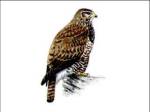
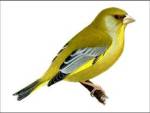


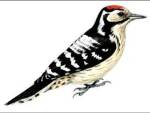
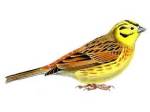

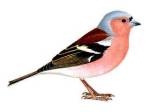
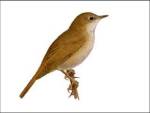
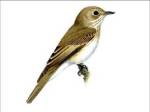






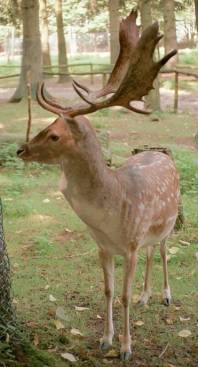

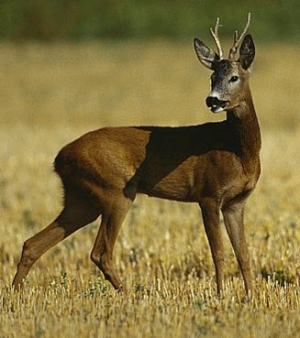



great!!!!!!!!
By: arab-mp3.com on February 11, 2010
at 6:10 pm
Very interesting and informative article! Here is the fox a pest and it hunted a certain period of the year. The Swedes does not take advantage of the coat…
The wild cat is so cute! A neighbor of mine has a house cat that looks exactly the same. A young male cat who usually visit us occasionally.
I’ve hold a little wild cat kiddy when I was little. I had found it at a nest in an one of the most beautiful Romanian forests. It was so cute!! The mother cat was not happy about that but I gave the kitten back and I ran away before she attacked me.
By: christinasoldan on February 12, 2010
at 12:56 am
great work!!!
By: adriantamas on February 13, 2010
at 12:14 pm
No bear… just links and explanations to your pics… and I fixed the pics’ size…
By: christinasoldan on February 13, 2010
at 7:50 pm
By: serj on February 13, 2010
at 7:58 pm
Take “alignnone” (not left, right or center). See that you have the same size on each of them (you can see that if you click on HTML-button on the post. See with=”300″ height=”100″. Change the just the numbers, ex with=”150″ height=”90″, but click on Visual-button to see if it’s not very full… you now… you can labourate with the numbers until you’re very happy with the choice :-).)
After that tou must be in Visual not HTML (click on Visual-button!). Select all 3 pics and click on center-button on the menu. End!!
When you put a pic on your post, don’t select “Gallery” but “Media library”. You can do nothing on “Gallery”. Download a pic at time and after that click on “Insert to Post”. But before, write the explanation into “Title”, “Alternate text” and “Description” (the same explanation in all 3 of them). Delete the text in “The link URL” because is irritant and full with a blue border on each pic… if you don’t wish to view it enlarger, of course…
Well, good luck with this! 🙂
By: christinasoldan on February 13, 2010
at 9:43 pm
thanks i will try this as soon as possible 🙂
By: serj on February 14, 2010
at 10:58 am